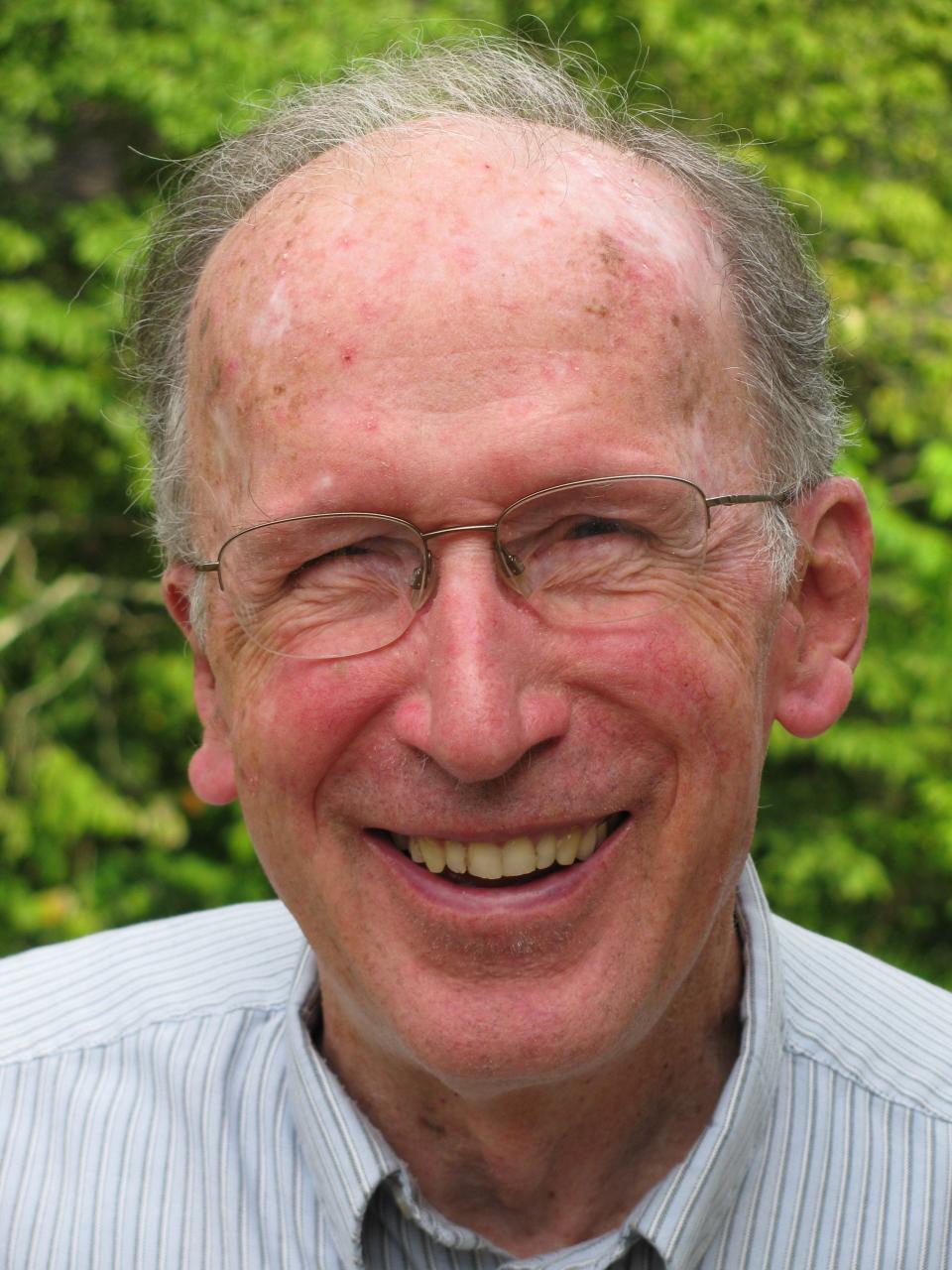Opinion: Gerrymandering promotes extremism in elected officials in 'safe' districts
- Oops!Something went wrong.Please try again later.
In a democracy, the right of all adults over 18 years of age to vote, to have their voice heard, is sacred. Also sacred is the fair counting of all votes and the result being that which the majority chooses. These are the very essence of democracy: that all are afforded the opportunity to speak in the political process and that the majority rules. All votes should be protected from any interference in how they are collected or counted. Those who count votes are performing a sacred duty and in our democracy that duty is given to ordinary people to manage.
After each 10-year census, new maps are drawn in most states to adjust for population change in districts, deciding how to divide up the votes in their state. Thanks to the data we maintain on previous elections, it is possible to predict which areas of the state will vote for which party, whether it be rural, suburban or urban area. Somes states have assigned this task to non-partisan committees who try to draw map districts without giving one party an advantage. However, 33 states allow the state legislators to decide how to draw new maps. In many states, this has led to the unfair practice called “gerrymandering.” We are hearing this right now about our own state, North Carolina.
The word “gerrymandering” dates back to 1812 when the Boston Gazette coined that term to refer to the Massachusetts state district map signed into law by Gov. Elbridge Gerry. The map consolidated Federalists votes in such a way as to resemble, according to the Gazette, a salamander, hence the term “Gerry-mander.” By the 20th century both major parties had adopted the practice to varying degrees. During this period, the Supreme Court issued several rulings attempting to limit the practice, but these decisions were largely ignored by the state legislatures. By the 1990s, advances in computing technology made it easier for political parties to identify and exploit opportunities for gerrymandering. This has led to an increase in the number of “safe” districts that are overtly designed to favor one political party over another.
An especially active time of gerrymandering followed the 2010 mid-term elections under President Obama when the Tea Party backlash to his presidency put many state legislatures under the control of the GOP, right after the 2010 census results were out. Many of those states used the census changes to enact gerrymandering of their state’s population. And today, we see our own state’s legislature implementing a particularly egregious partisan gerrymander for North Carolina.
Last year, the previous N.C. Supreme Court overruled the legislature’s maps and enacted a map that resulted in seven Democratic representatives and seven Republicans, which for a state that is closely divided seems about right. However, this year the newly elected GOP-aligned Supreme Court justices reversed that decision and allowed new maps to be drawn. On Oct. 25, the GOP controlled state legislature passed new districts for Congress and themselves, which will change North Carolina’s Congressional representation to 10 to 4 or 11 to 3 in favor of the GOP.
More: Opinion: 'Of the people, by the people, and for the people' should be ideal government
More: NC Supreme Court hands GOP big win with gerrymander, voter ID rulings
Aside from giving one party an unfair and, most likely, insurmountable advantage, the major problem with gerrymandering is that it promotes extremism in elected government officials. If you are in a “safe” district, where safe means the nominee from your party is guaranteed to win, there is every incentive to be the most extreme voice for your party in order to be the nominee. The loudest, most extreme, least compromising candidate usually gets the nomination.
Can anyone imagine Majorie Taylor Greene, Matt Gaetz or Jim Jordan winning an election if they were not running in “safe” districts? In swing districts, where candidates win by only 1% or 2% and voters in the middle decide elections, nominees from each party must appeal to the middle and try to get support from independent voters. Swing districts encourage moderation in positions and language, instead of the performative posturing we see so often now.
The Supreme Court has rejected racial gerrymandering, which are district maps that give an unfair disadvantage to the candidate preferred by African American voters. But they have allowed partisan gerrymandering to continue, which makes no sense. Why is one form of unfair districting wrong while another form of the same thing is OK? I believe all North Carolina voters deserve fair competition between party candidates, which will lead to better quality candidates, less vitriol and more compromise toward solutions to the problems facing the American people.

Rev. Robert L. Montgomery, Ph.D., lives in Black Mountain.
This article originally appeared on Asheville Citizen Times: Gerrymandering promotes extremism in elected officials

